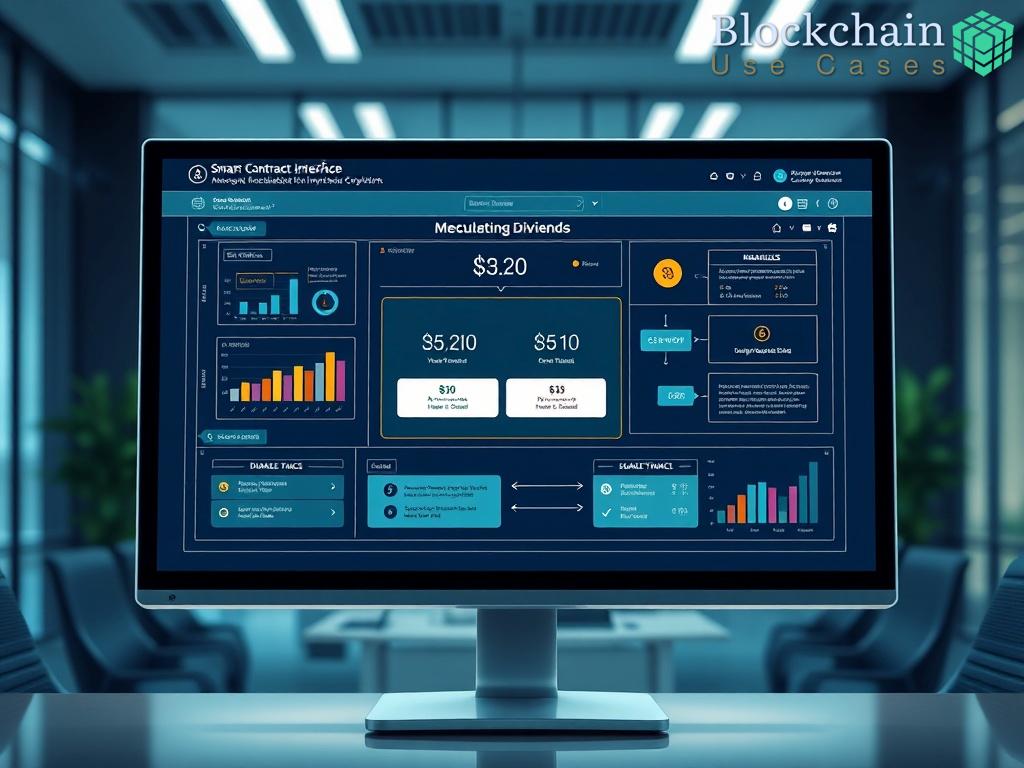Enhancing Patient Privacy with Blockchain Technology
In an era where data breaches are becoming alarmingly common, the healthcare sector is under immense pressure to ensure the privacy and security of personal health records (PHRs). Traditional methods of storing patient data often leave sensitive information vulnerable to unauthorized access and cyberattacks. Blockchain technology offers a promising solution by providing a decentralized system that enhances security while ensuring patients have control over their own health data.
Unlike conventional databases, blockchain employs cryptographic techniques to secure data, making it nearly impossible for hackers to alter or steal personal information without detection. This paradigm shift not only protects patients but also builds trust between healthcare providers and patients, ultimately leading to improved healthcare outcomes.
Streamlining Health Insurance Processes
Managing health records efficiently is crucial for health insurance companies, as it directly impacts the speed of claims processing and overall customer satisfaction. Integrating blockchain into health insurance can streamline these processes by providing a singular, immutable record of patient data accessible to all authorized parties.
This means that insurers can quickly verify claims without the need for extensive paperwork or lengthy investigations. Moreover, the transparency of blockchain allows for real-time updates, reducing the potential for fraud and ensuring that patients receive timely care. Here’s how blockchain can transform health insurance:
- Decentralization: Eliminates single points of failure, making data breaches less likely.
- Patient Control: Empowers patients to share their records with providers and insurers as needed.
- Efficiency: Accelerates claims processing and reduces administrative costs.
- Fraud Prevention: Enhances transparency and accountability in healthcare transactions.
Overcoming Challenges to Adoption
While the benefits of blockchain are clear, the healthcare industry faces several challenges in adopting this technology. Resistance to change, lack of understanding, and regulatory hurdles can hinder the implementation of blockchain solutions. However, with ongoing education and collaboration among stakeholders, these barriers can be addressed.
Health insurance companies must invest in training their workforce and developing partnerships with technology providers to create a seamless integration process. Additionally, policymakers need to establish clear regulations that support the use of blockchain while protecting patient rights.





